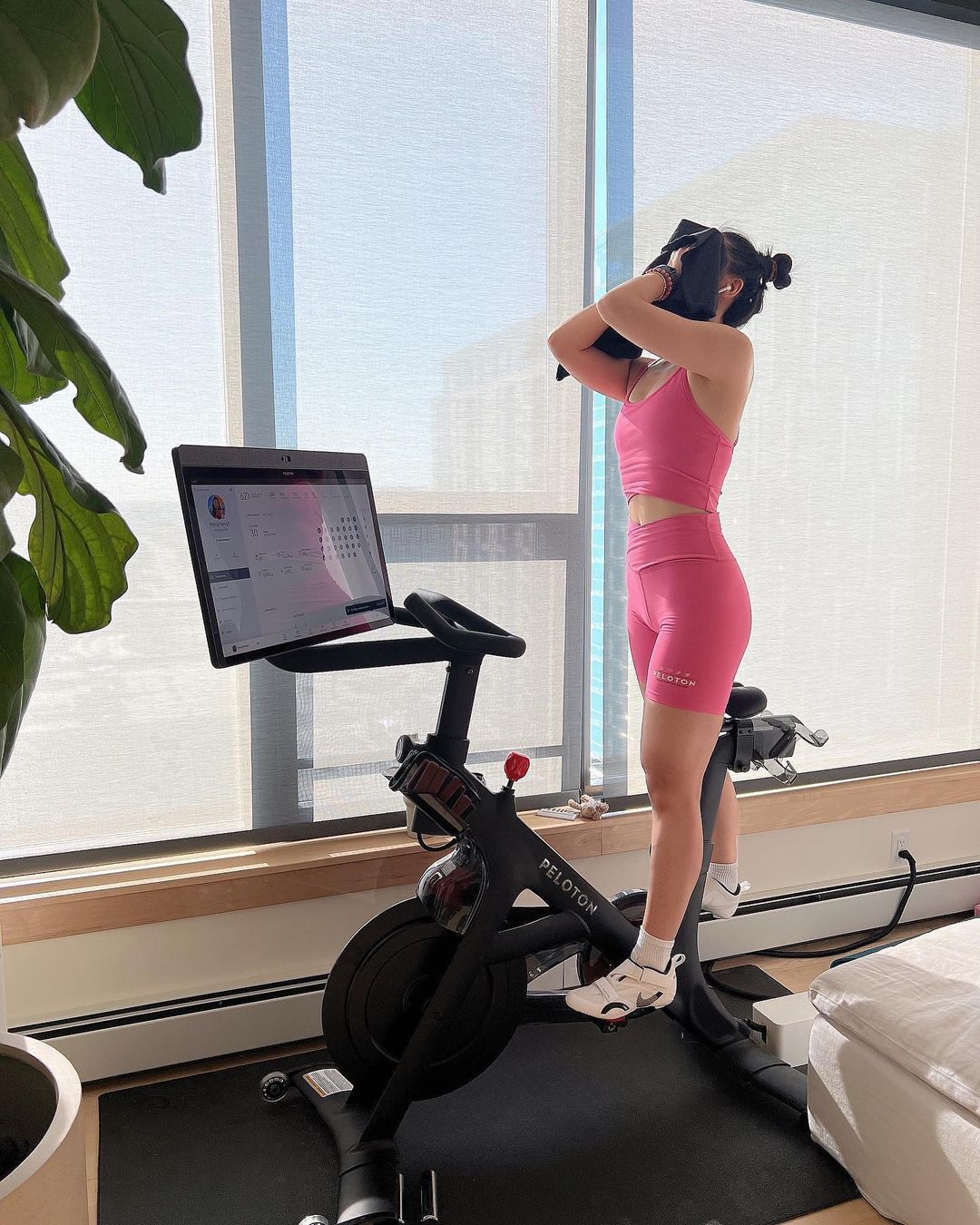Should You Worry About Rhabdomyolysis After Taking a Spin Class?
Find out some fast facts on rhabdomyolysis, also known as “rhabdo,” and why some spin class beginners fall victim to it
Learning about rhabdomyolysis on the internet is like unlocking a new fear. Imagine getting told ever since that exercise is good for you, only to learn that you could lose your life or limbs because of it. Thousands of people certainly unlocked this new fear when rhabdomyolysis victims took to the internet to share their stories, with horrors ranging from kidney failure to near-death. The catalyst? A spin class.
But what is rhabdomyolysis? Here, we go over everything you need to know about rhabdomyolysis and how to prevent it from happening to you during a workout.
RELATED: Explaining the Viral ‘Coregasm’ and ‘Gymgasm’ Content on TikTok
The lowdown
Rhabdomyolysis—rhabdo for short—is a potentially fatal but rare pathologic condition in which toxic intracellular constituents are released into the bloodstream from damaged muscle. It’s often caused by direct traumatic injury, but just about anything that results in extreme muscle damage can lead to it.
While it is considered rare, there is a rising number of cases reporting exercise-induced rhabdo, particularly concerning first-time spin class participants due to the exercise’s high-intensity nature. According to a study, these first-timers then experienced myalgia, muscle weakness, and dark tea-colored urine within a week of their first spin sessions—all of which are warning signs for rhabdo.
That being said, beginners aren’t the only ones who are at risk, but professional athletes are as well if they push themselves past their breaking points. As mentioned, the warning signs are myalgia, muscle weakness, and dark tea-colored urine. Pay attention to your body and note if the muscle soreness and swelling lasts more than a few days following an intense workout. After that point, seek medical attention in order to get treated immediately.
RELATED: Here’s What Happened at the Pride Ride at PERIGON
The answer
Should you worry about rhabdomyolysis after taking a spin class? The general answer for all workouts is yes—but now that you’re aware of what rhabdo is, what causes it, and what its warning signs are, your chances are much lower.

Just remember to not push yourself beyond safe limits. In other words, pay attention to your body to know when and where to quit. And if you’re coming out of a sedentary lifestyle by trying out a new fitness class, remember to take it slow. Don’t expect to be able to keep up with your instructor on your first try. Your instructor may encourage you to pick up the pace, but your safety should be your primary concern. It’s also key to stay hydrated before, during, and after your workout, as well as to warm up beforehand, cool down after, and take regular breaks in between.
RELATED: These Spin Classes are Upping the Fun Factor in Working Out
At the end of the day, exercise is still important, and your first step to a healthier lifestyle should always be celebrated, so don’t let your takeaway from this be about avoiding spin classes. Studios with great instructors will provide you with the right resources and environment to keep you comfortable and safe.
The post Should You Worry About Rhabdomyolysis After Taking a Spin Class? appeared first on MEGA.
Should You Worry About Rhabdomyolysis After Taking a Spin Class?
Trending Updates Central

No comments: